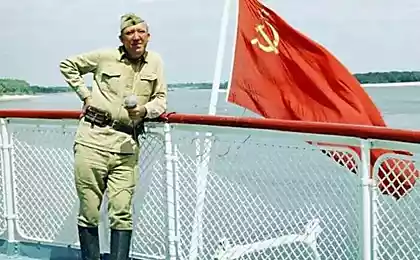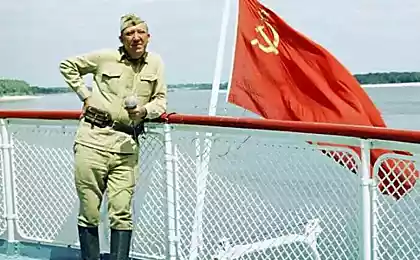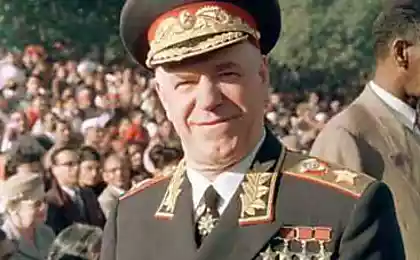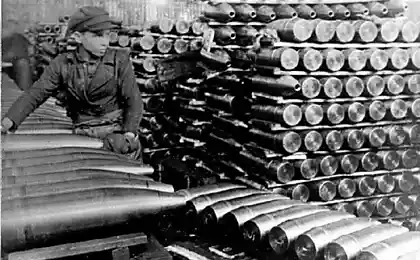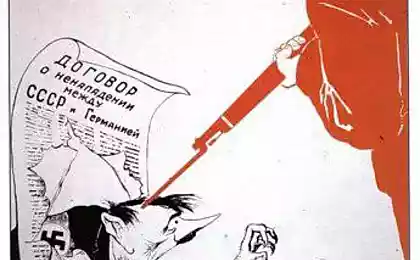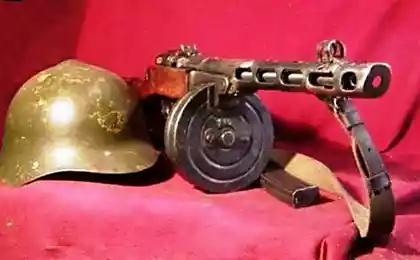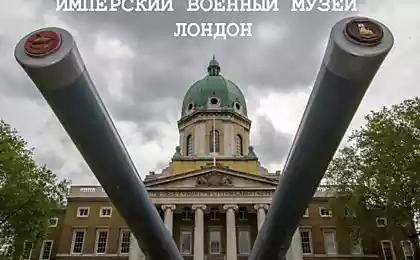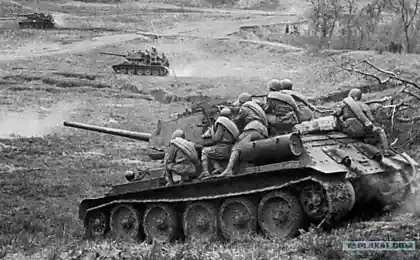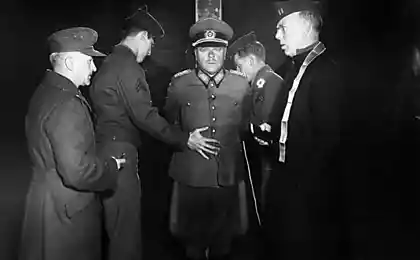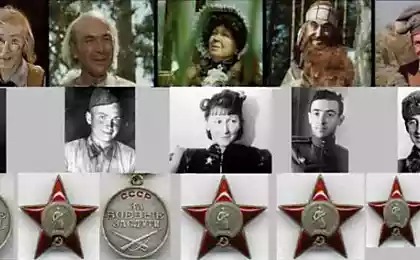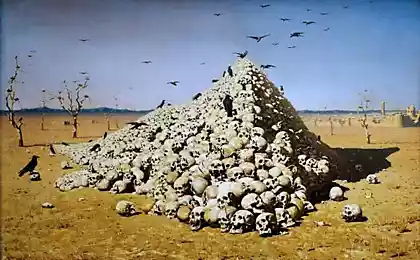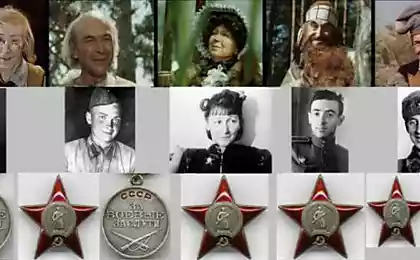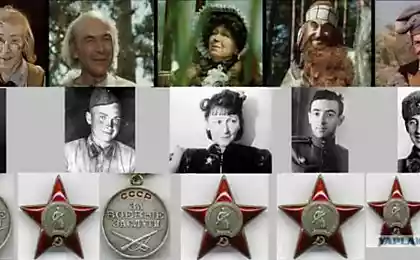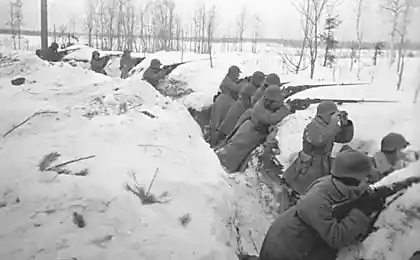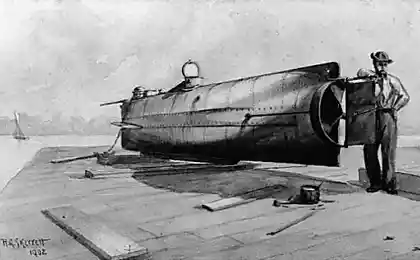3250
Autographs war Gennady Dobrov
Quite heavy post about people who passed the second world war. But those who live in peacetime - is worth reading and thinking.
They all lived in Valaam for invalids of war and labor. First "wards" was brought back in 1950. Living conditions were very difficult: electricity, for example, spent only in 1952. Director of the boarding - Ivan Korolev - called himself "King of Balaam" and considered himself entitled to freely dispose of everything and everyone. For example, he took away their patients medals and wore them himself; argued that holds the title of "Hero of the USSR" (which was not true).
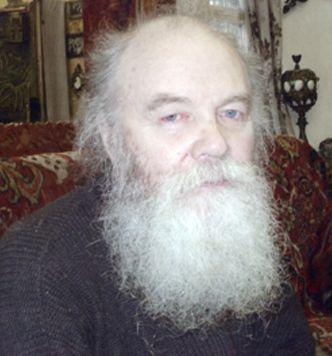
Care was no. The staff is usually drunk. Bedridden patients often "forget" to turn, and they were got bedsores worms.
But most tormented people a sense of abandonment, uselessness. There were cases of suicide. Once disabled managed to stumps of arms and legs to climb the bell tower of the monastery. At the bottom of his friends were playing dominoes. He shouted: "Guys, watch out!" (In this state man thought about others!) - Rolled over the opening and flew down ...
The most scary place in a boarding school said former Nikolsky skit. It contained people who lost their mind and memory, as well as the so-called samovars: disabled people without arms and legs. There were cases when such "samovars" orderlies carried "walk" - in baskets hung on the branches of trees. Sometimes "forget" them there for the night. In cold weather, happened, people froze to death ...
When good came to Balaam, Korolev long studied its accompanying documents and reluctantly allowed to draw people with disabilities. But strictly forbidden to visit Nicholas Skete. However, Gennady and made his way there.
There he saw him. Diapered human stump lying on the bed and looked at the artist's clean, clear eyes ... "Who is it?" - Asked Dobrov medic. "Unknown. After being wounded and lost his hearing, and speech, and documents when it was not ».
"Unknown" - and called this figure Dobrov.

Later managed like to find out (but only tentatively) that it was a Hero of the USSR Gregory Voloshin. He was a pilot survived, ramming enemy aircraft. Survived - and existed "unknown" in the Valaam boarding 29 years. In 1994, his family showed up and put on Igumen cemetery where buried their dead with disabilities, a modest monument, which eventually came into disrepair. The rest of the graves have remained anonymous, overgrown with grass ...
In addition to the "unknown" Dobrov painted in Valaam boarding another 4 portrait.
Investigator Victor Popkov
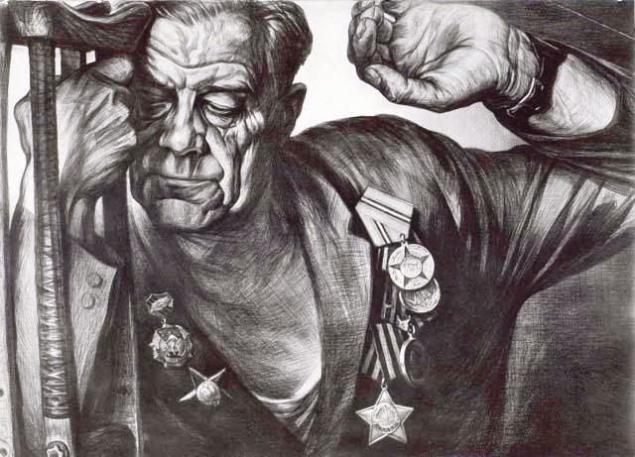
Defenders of Leningrad
Infantryman Alexander Barnes, defending the besieged Leningrad. Twice during the fierce bombing, he found himself buried alive. Almost hoping to see him alive, comrades dug warrior. To receive medical treatment, he again went into battle.
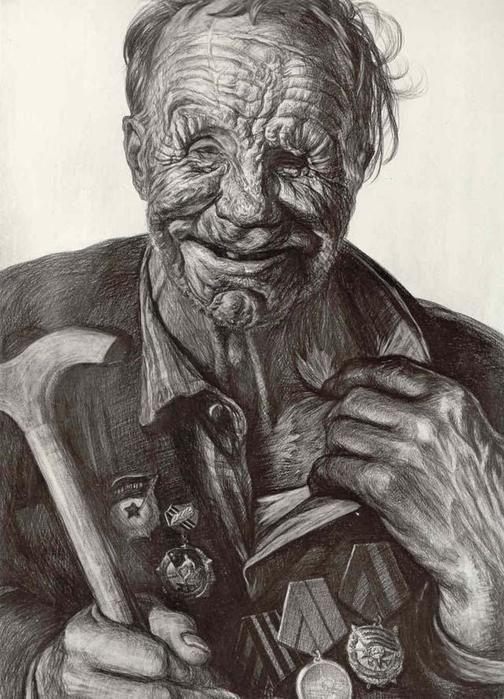
Return from a walk
Scout Seraphim Komissarov. Fought as a partisan in Belorussia. During the quest winter night frozen into the swamp, where she was found only in the morning and literally cut down the ice.
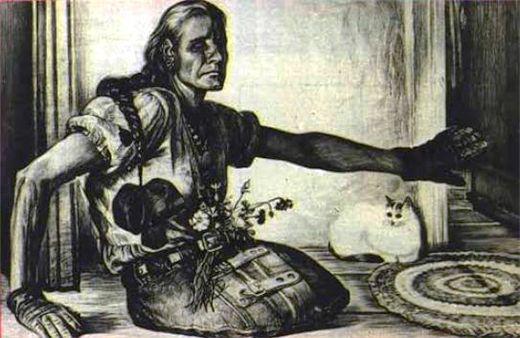
Lieutenant Alexander Podosenov
At age 17, he volunteered for the front. Became an officer. In Karelia, was wounded by a bullet in the head through, paralyzed. In boarding school on the island of Valaam lived all post-war years, still sitting on cushions. The figure clearly shows the terrible holes - input and output - in his head.
The remaining portraits of disabled characters are drawn Dobrov elsewhere.
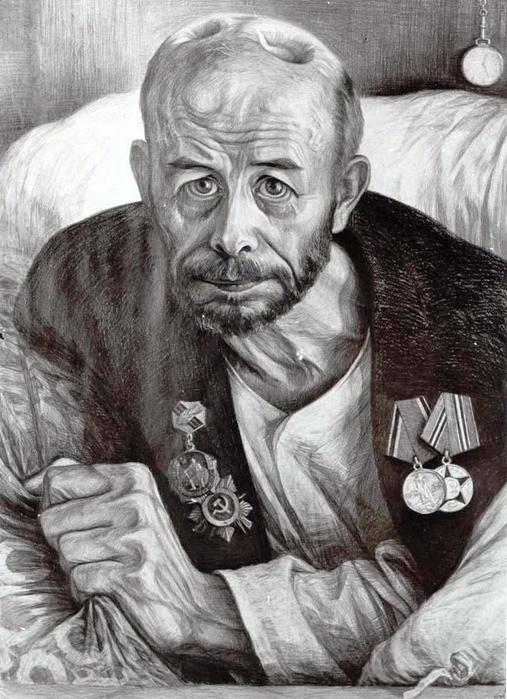
The story about the medals
Private Ivan Zabara. Groping move his fingers over the surface of medals on his chest. So they hit upon the medal "For the Defense of Stalingrad" "There was a hell, but we survived," - said the soldier. And its as if carved from stone face, tightly compressed lips, eyes blinded by the flames confirm these meager but proud words.
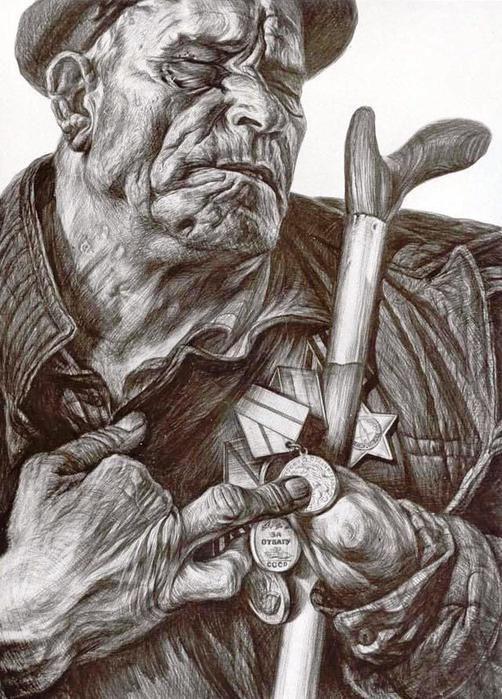
Guerrillas, soldiers Viktor Lukin, Moscow
First fought as a partisan. After the expulsion of the fascist invaders from the territory of the USSR to fight the enemy in the army. The war did not spare him, but he was still solid spirit.
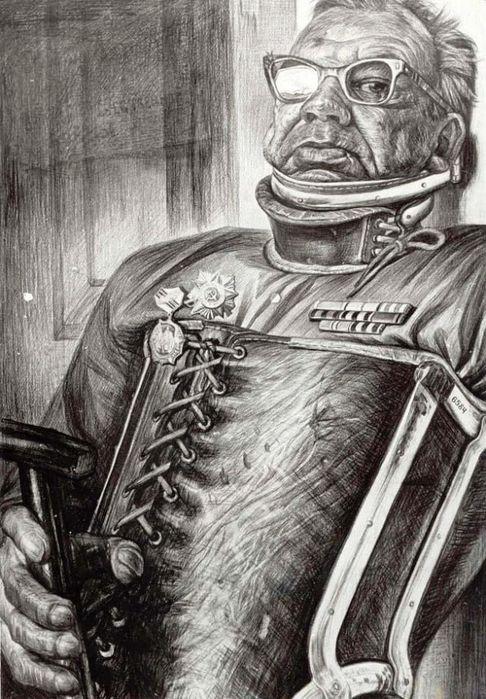
Michael Kazatenkov
When the artist painted it, the soldier is 90 years old. In three wars happened to him to participate: Russian-Japanese (1904-1905 gg.), World (1914-1918 gg.), World (1941-1945 gg.). And always, he fought bravely: the First World awarded two crosses of St. George, for the fight against German fascism received the Order of the Red Star and several medals.
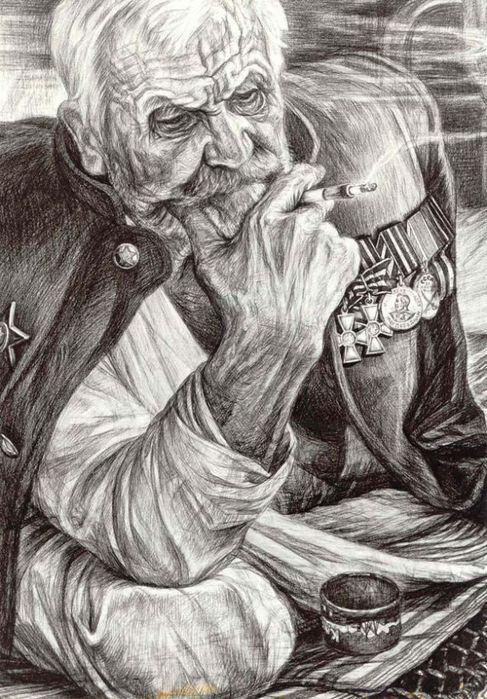
Open wound
Soldier Andrey Fomin, Yuzhno-Sakhalinsk, Russian Far East. In a fierce battle was seriously injured, the wound has not healed. We see the drainage fistula, which was itself invalid care.
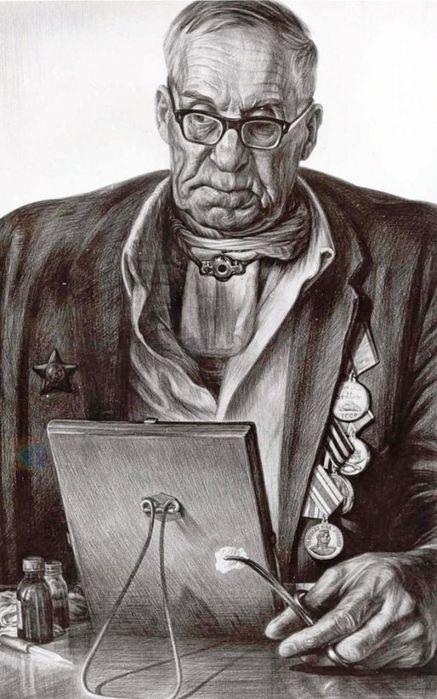
George Zotov, the village Fenino Moscow region, a disabled war veteran
Leafing through the newspaper files of the war years, a veteran of mind again turns to the past. He returned, and how many friends left there on the battlefield!
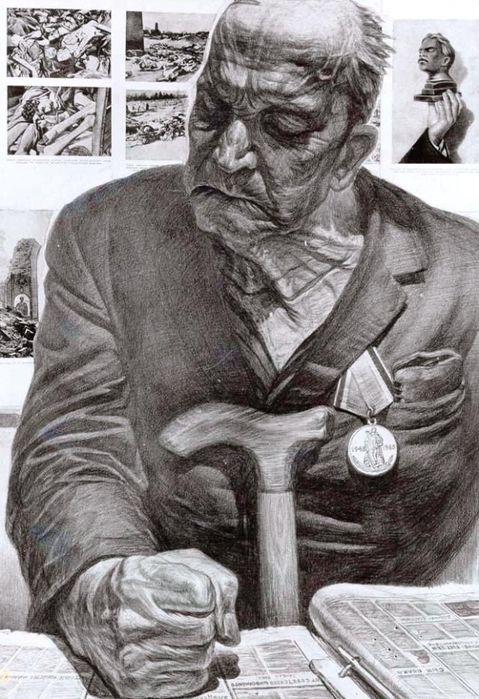
Congratulations on Victory Day friends
Basil Lobachyov defended Moscow, was wounded. Due to gangrene amputated arms and legs. And would he really helpless, if not his wife Lydia, too, during the war, lost both legs. And since healed, supporting each other, and even gave birth to two sons. Lucky - in comparison with other!
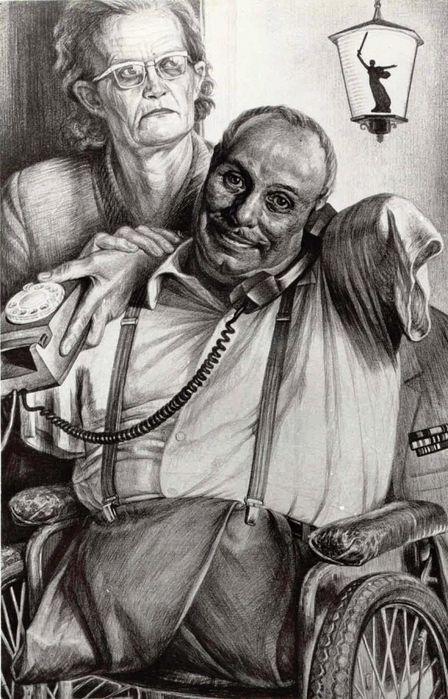
Scorched by War
Frontline radio operator Julia Heman against the backdrop of Stalingrad, in defense of which she was involved. A simple country girl, a volunteer went to the front. On her chest highest awards of the USSR for military exploits - the Order of the Red Banner and Glory.
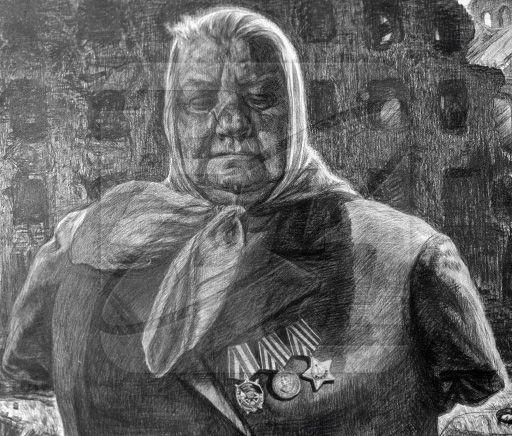
Lunch
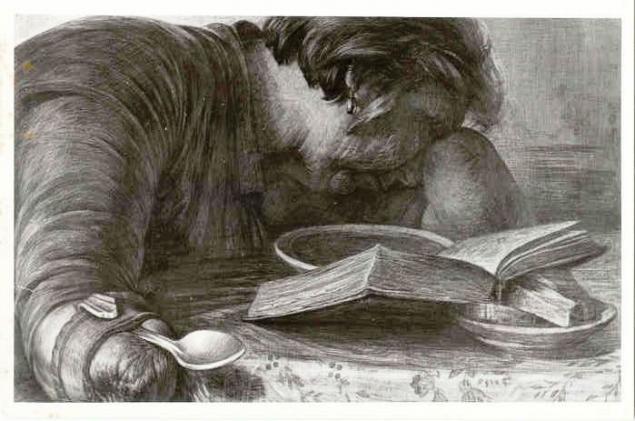
Michael Guselnikov, Omsk
Private 712 th Infantry Brigade, the Leningrad front. January 28, 1943 during the siege of Leningrad breakthrough soldier was wounded in the spine. Since then - bedridden.
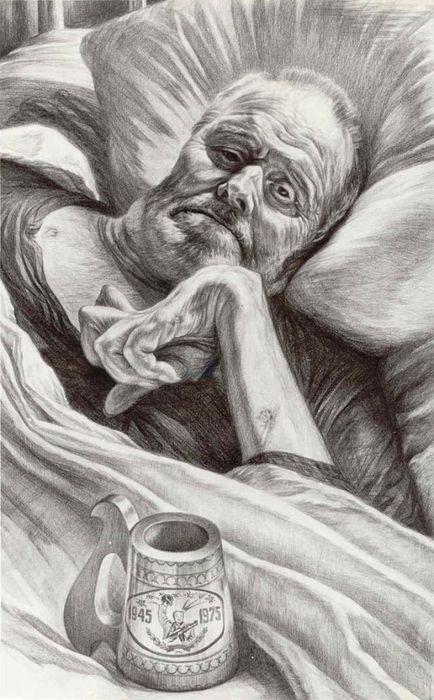
Alex Chkheidze, sailor. Donkey Village Moscow Region
He took part in the storming of the Royal Palace in Budapest in winter 1945. Group of Marines in underground galleries penetrated into the palace and did not allow the Nazis to blow up this monument of world architecture. Masterpiece was saved for humanity, but his rescuers almost all were killed. Alex Chkheidze, miraculously survived, endured several operations with amputated hands, blind, almost completely lost his hearing, and now finds the strength to joke: he ironically calls himself a "man-prosthesis." Wrote the book "Memoirs of the Danube scout».
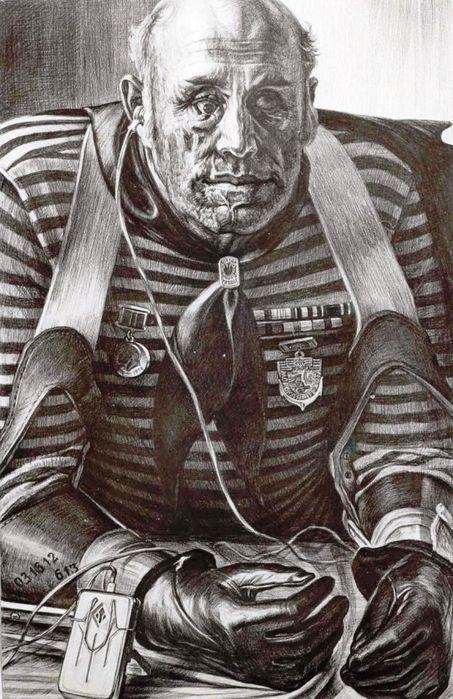
Veteran
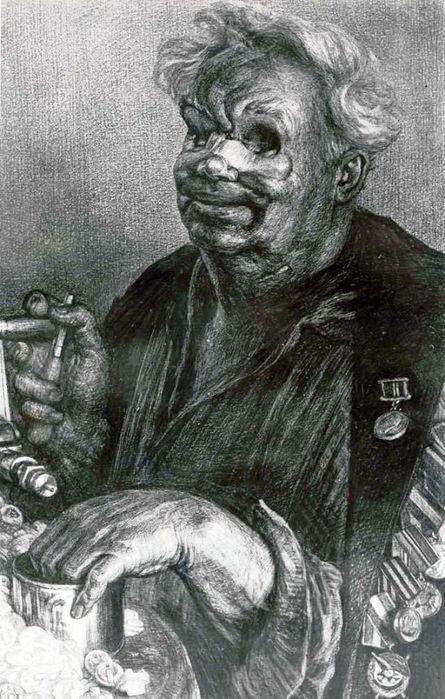
Rest in the way
Soldier Alex Kurganov, village Takmyk Omsk region. Front road he walked from Moscow to Hungary and there was seriously injured: lost both legs.
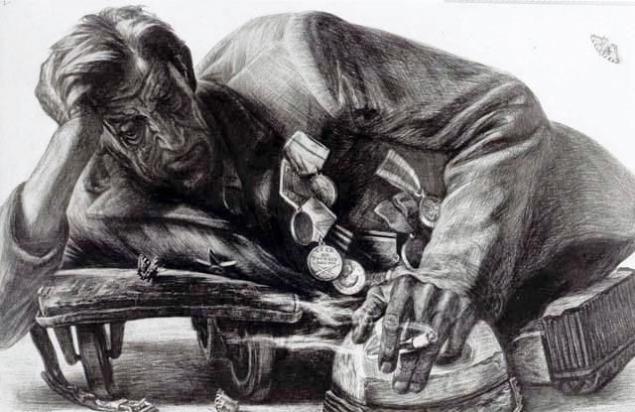
Letter brother-soldier
Vladimir Eremin, village Kutchino Moscow region. Devoid of both hands, not only learned to write, but after the war he graduated from College of Law.
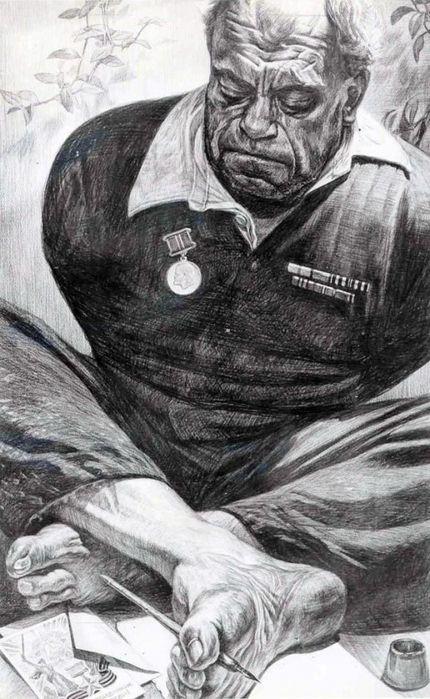
Michael Zvezdochkin, commander of artillery calculation
Hidden disability (inguinal hernia), and he volunteered for the front. The war ended in Berlin.
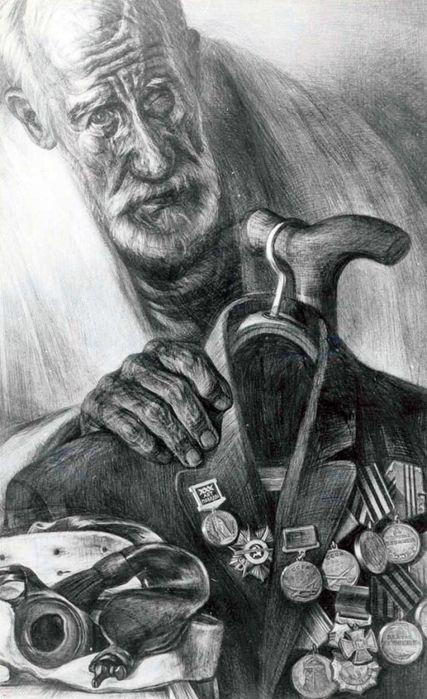
Michael Koketkin paratroopers, Moscow
As a result of being wounded lost both legs. But do not put up with disabilities graduated and worked for many years in the Central Statistical Office of the RSFSR. For heroism at the front was awarded three Orders for peaceful labor he also award - "Badge of Honor».
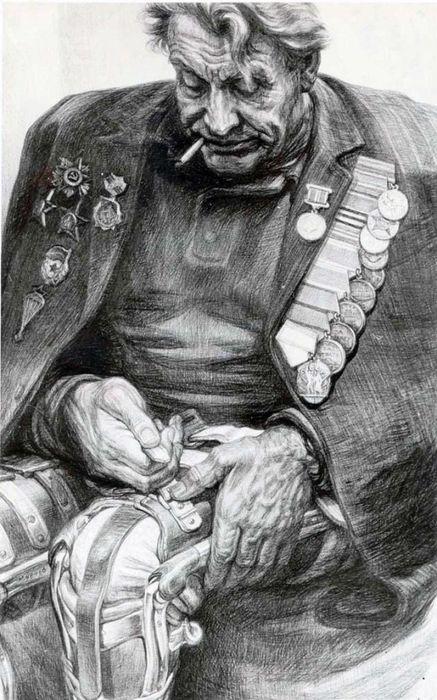
Wartime memories
Boris Mile, Moscow. Lost in the war hands, but not resigned to the fate of the disabled person. Sit around, he could not learn to type and for many years worked, doing typing. The artist depicted his printing frontline memories.
Involuntary trembling covers when you look at these people. Let the war left them their terrible "autographs", but how many of these people of dignity, how much greatness! Roman Caesars, generals, as they say now, nervously smoking in the hallway ...
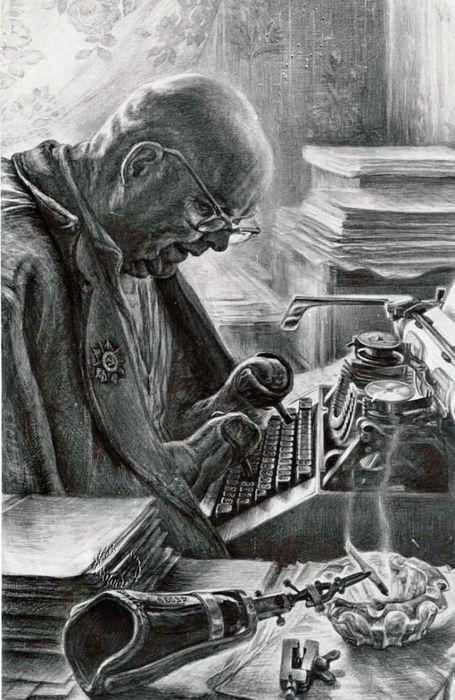
Portrait of a woman with a burnt face
This woman was not at the front. Two days before the war, her beloved husband was sent to a military-Brest Fortress. She, too, had to go there later. Heard on the radio about the beginning of the war, she fainted - face into a burning furnace. Her husband, as she knew, was no longer alive.
When the artist painted it, she sang it beautiful folk songs ...
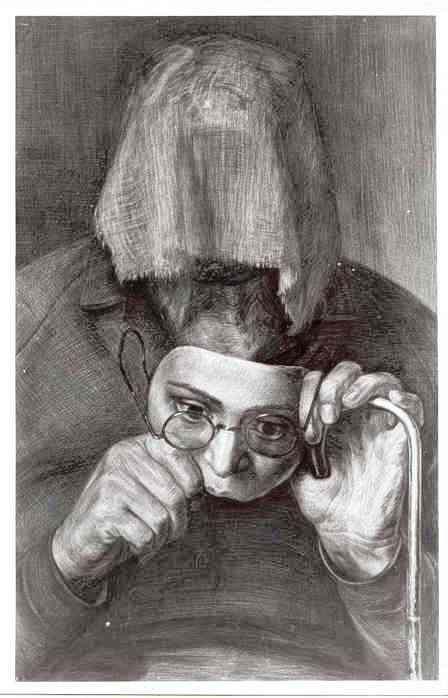
They all lived in Valaam for invalids of war and labor. First "wards" was brought back in 1950. Living conditions were very difficult: electricity, for example, spent only in 1952. Director of the boarding - Ivan Korolev - called himself "King of Balaam" and considered himself entitled to freely dispose of everything and everyone. For example, he took away their patients medals and wore them himself; argued that holds the title of "Hero of the USSR" (which was not true).

Care was no. The staff is usually drunk. Bedridden patients often "forget" to turn, and they were got bedsores worms.
But most tormented people a sense of abandonment, uselessness. There were cases of suicide. Once disabled managed to stumps of arms and legs to climb the bell tower of the monastery. At the bottom of his friends were playing dominoes. He shouted: "Guys, watch out!" (In this state man thought about others!) - Rolled over the opening and flew down ...
The most scary place in a boarding school said former Nikolsky skit. It contained people who lost their mind and memory, as well as the so-called samovars: disabled people without arms and legs. There were cases when such "samovars" orderlies carried "walk" - in baskets hung on the branches of trees. Sometimes "forget" them there for the night. In cold weather, happened, people froze to death ...
When good came to Balaam, Korolev long studied its accompanying documents and reluctantly allowed to draw people with disabilities. But strictly forbidden to visit Nicholas Skete. However, Gennady and made his way there.
There he saw him. Diapered human stump lying on the bed and looked at the artist's clean, clear eyes ... "Who is it?" - Asked Dobrov medic. "Unknown. After being wounded and lost his hearing, and speech, and documents when it was not ».
"Unknown" - and called this figure Dobrov.

Later managed like to find out (but only tentatively) that it was a Hero of the USSR Gregory Voloshin. He was a pilot survived, ramming enemy aircraft. Survived - and existed "unknown" in the Valaam boarding 29 years. In 1994, his family showed up and put on Igumen cemetery where buried their dead with disabilities, a modest monument, which eventually came into disrepair. The rest of the graves have remained anonymous, overgrown with grass ...
In addition to the "unknown" Dobrov painted in Valaam boarding another 4 portrait.
Investigator Victor Popkov

Defenders of Leningrad
Infantryman Alexander Barnes, defending the besieged Leningrad. Twice during the fierce bombing, he found himself buried alive. Almost hoping to see him alive, comrades dug warrior. To receive medical treatment, he again went into battle.

Return from a walk
Scout Seraphim Komissarov. Fought as a partisan in Belorussia. During the quest winter night frozen into the swamp, where she was found only in the morning and literally cut down the ice.

Lieutenant Alexander Podosenov
At age 17, he volunteered for the front. Became an officer. In Karelia, was wounded by a bullet in the head through, paralyzed. In boarding school on the island of Valaam lived all post-war years, still sitting on cushions. The figure clearly shows the terrible holes - input and output - in his head.
The remaining portraits of disabled characters are drawn Dobrov elsewhere.

The story about the medals
Private Ivan Zabara. Groping move his fingers over the surface of medals on his chest. So they hit upon the medal "For the Defense of Stalingrad" "There was a hell, but we survived," - said the soldier. And its as if carved from stone face, tightly compressed lips, eyes blinded by the flames confirm these meager but proud words.

Guerrillas, soldiers Viktor Lukin, Moscow
First fought as a partisan. After the expulsion of the fascist invaders from the territory of the USSR to fight the enemy in the army. The war did not spare him, but he was still solid spirit.

Michael Kazatenkov
When the artist painted it, the soldier is 90 years old. In three wars happened to him to participate: Russian-Japanese (1904-1905 gg.), World (1914-1918 gg.), World (1941-1945 gg.). And always, he fought bravely: the First World awarded two crosses of St. George, for the fight against German fascism received the Order of the Red Star and several medals.

Open wound
Soldier Andrey Fomin, Yuzhno-Sakhalinsk, Russian Far East. In a fierce battle was seriously injured, the wound has not healed. We see the drainage fistula, which was itself invalid care.

George Zotov, the village Fenino Moscow region, a disabled war veteran
Leafing through the newspaper files of the war years, a veteran of mind again turns to the past. He returned, and how many friends left there on the battlefield!

Congratulations on Victory Day friends
Basil Lobachyov defended Moscow, was wounded. Due to gangrene amputated arms and legs. And would he really helpless, if not his wife Lydia, too, during the war, lost both legs. And since healed, supporting each other, and even gave birth to two sons. Lucky - in comparison with other!

Scorched by War
Frontline radio operator Julia Heman against the backdrop of Stalingrad, in defense of which she was involved. A simple country girl, a volunteer went to the front. On her chest highest awards of the USSR for military exploits - the Order of the Red Banner and Glory.

Lunch

Michael Guselnikov, Omsk
Private 712 th Infantry Brigade, the Leningrad front. January 28, 1943 during the siege of Leningrad breakthrough soldier was wounded in the spine. Since then - bedridden.

Alex Chkheidze, sailor. Donkey Village Moscow Region
He took part in the storming of the Royal Palace in Budapest in winter 1945. Group of Marines in underground galleries penetrated into the palace and did not allow the Nazis to blow up this monument of world architecture. Masterpiece was saved for humanity, but his rescuers almost all were killed. Alex Chkheidze, miraculously survived, endured several operations with amputated hands, blind, almost completely lost his hearing, and now finds the strength to joke: he ironically calls himself a "man-prosthesis." Wrote the book "Memoirs of the Danube scout».

Veteran

Rest in the way
Soldier Alex Kurganov, village Takmyk Omsk region. Front road he walked from Moscow to Hungary and there was seriously injured: lost both legs.

Letter brother-soldier
Vladimir Eremin, village Kutchino Moscow region. Devoid of both hands, not only learned to write, but after the war he graduated from College of Law.

Michael Zvezdochkin, commander of artillery calculation
Hidden disability (inguinal hernia), and he volunteered for the front. The war ended in Berlin.

Michael Koketkin paratroopers, Moscow
As a result of being wounded lost both legs. But do not put up with disabilities graduated and worked for many years in the Central Statistical Office of the RSFSR. For heroism at the front was awarded three Orders for peaceful labor he also award - "Badge of Honor».

Wartime memories
Boris Mile, Moscow. Lost in the war hands, but not resigned to the fate of the disabled person. Sit around, he could not learn to type and for many years worked, doing typing. The artist depicted his printing frontline memories.
Involuntary trembling covers when you look at these people. Let the war left them their terrible "autographs", but how many of these people of dignity, how much greatness! Roman Caesars, generals, as they say now, nervously smoking in the hallway ...

Portrait of a woman with a burnt face
This woman was not at the front. Two days before the war, her beloved husband was sent to a military-Brest Fortress. She, too, had to go there later. Heard on the radio about the beginning of the war, she fainted - face into a burning furnace. Her husband, as she knew, was no longer alive.
When the artist painted it, she sang it beautiful folk songs ...



